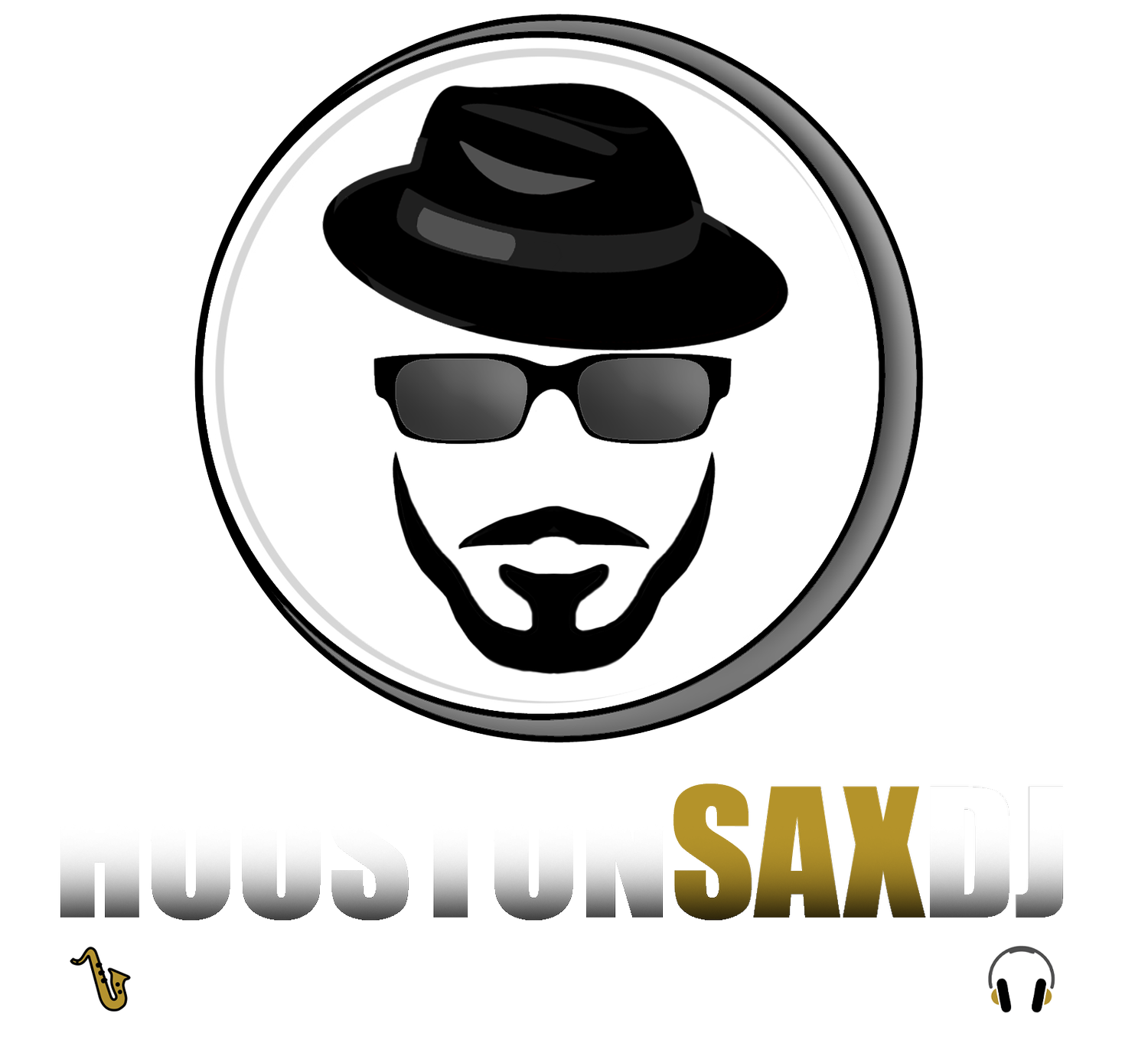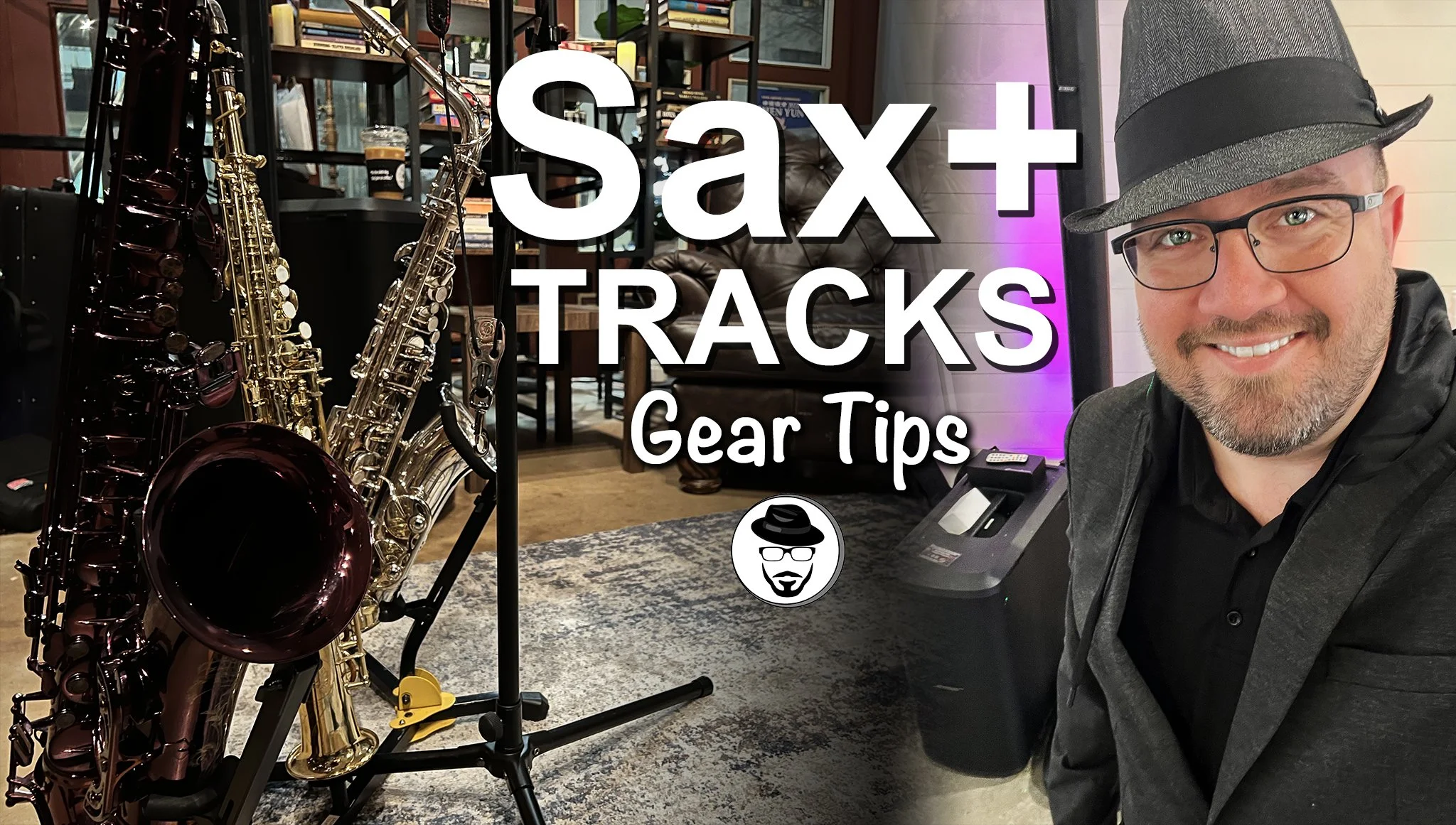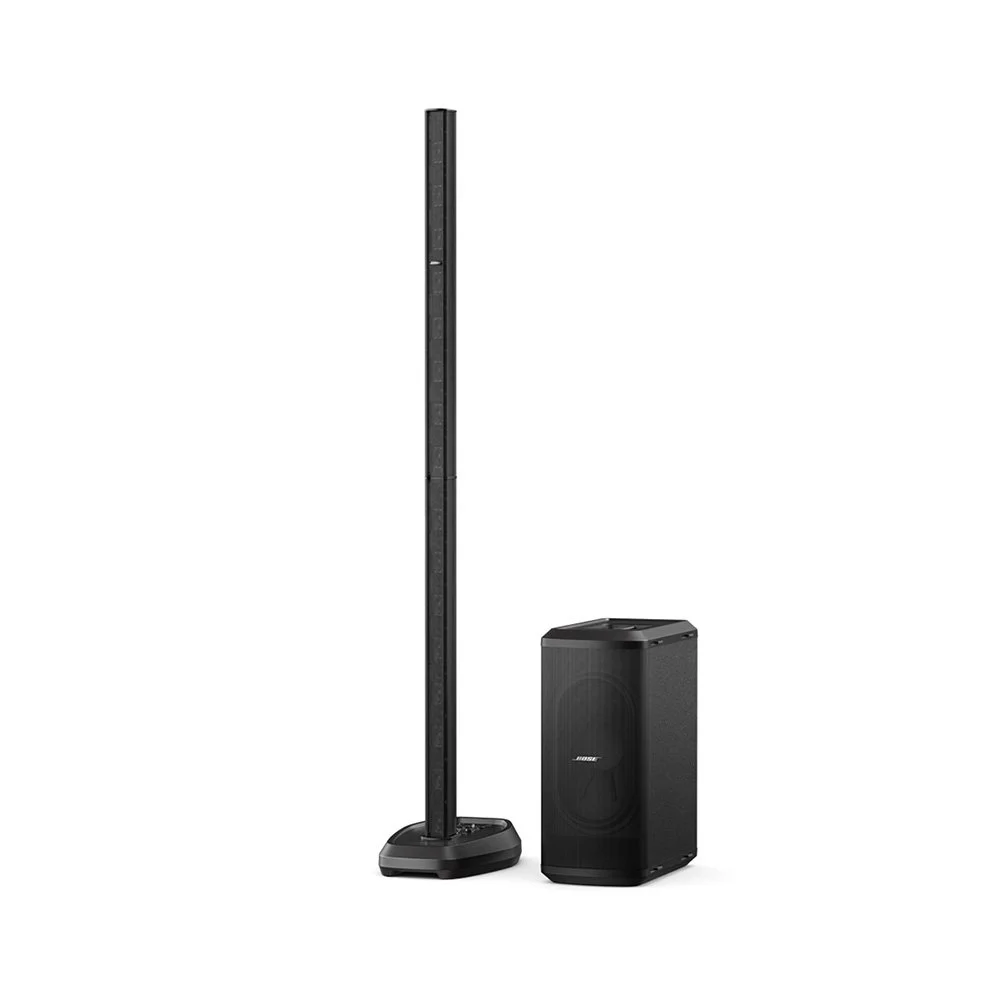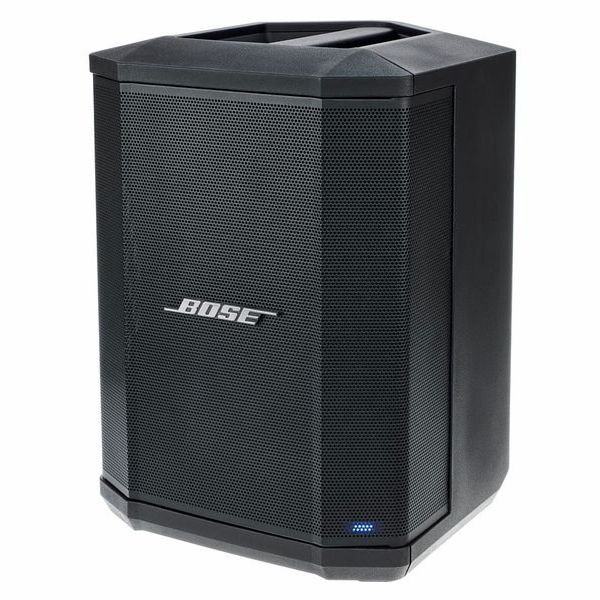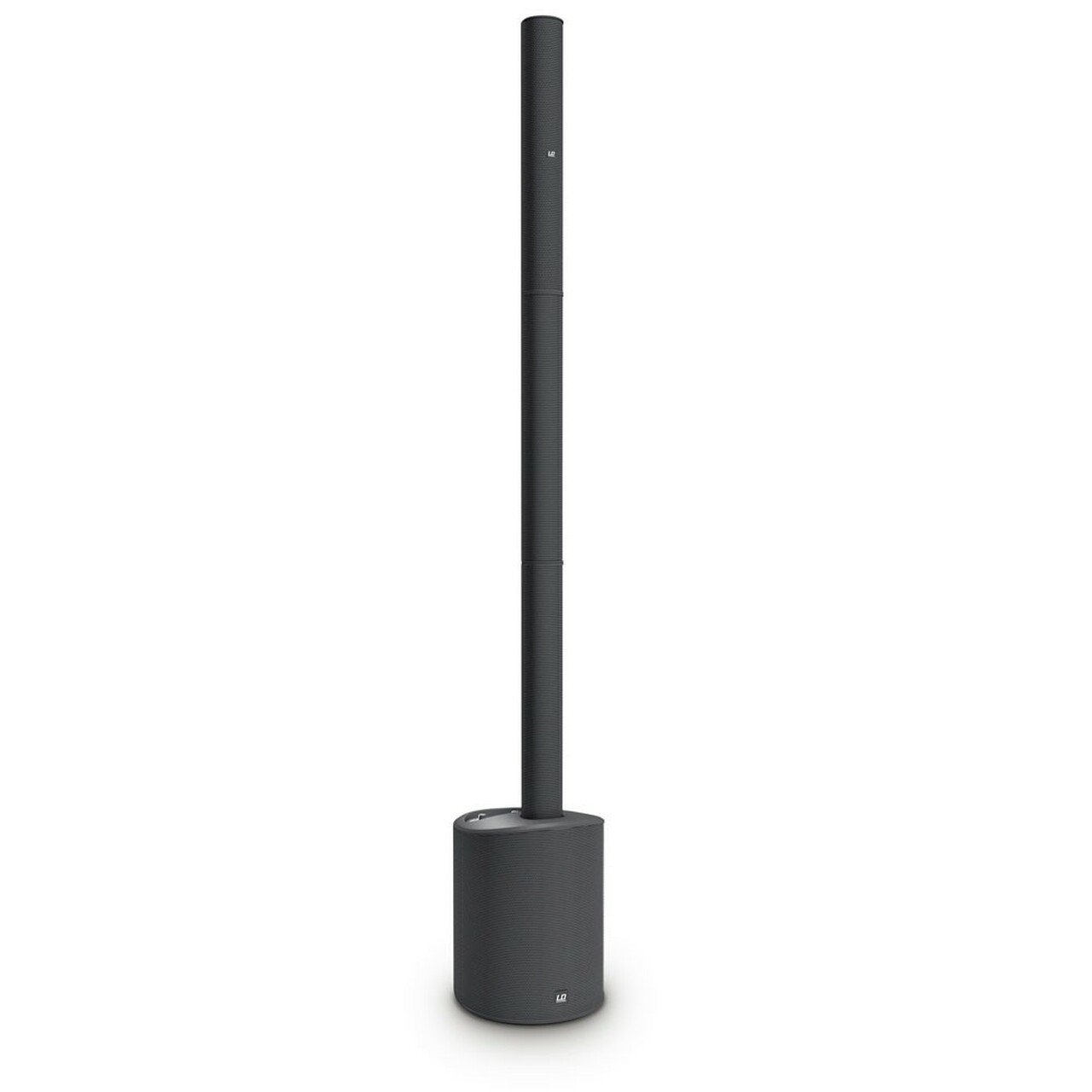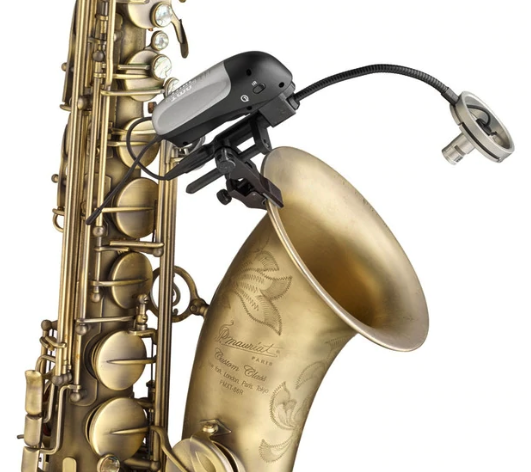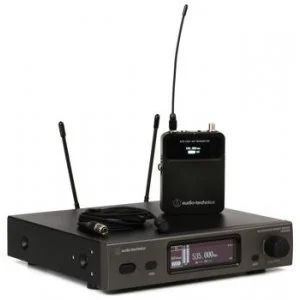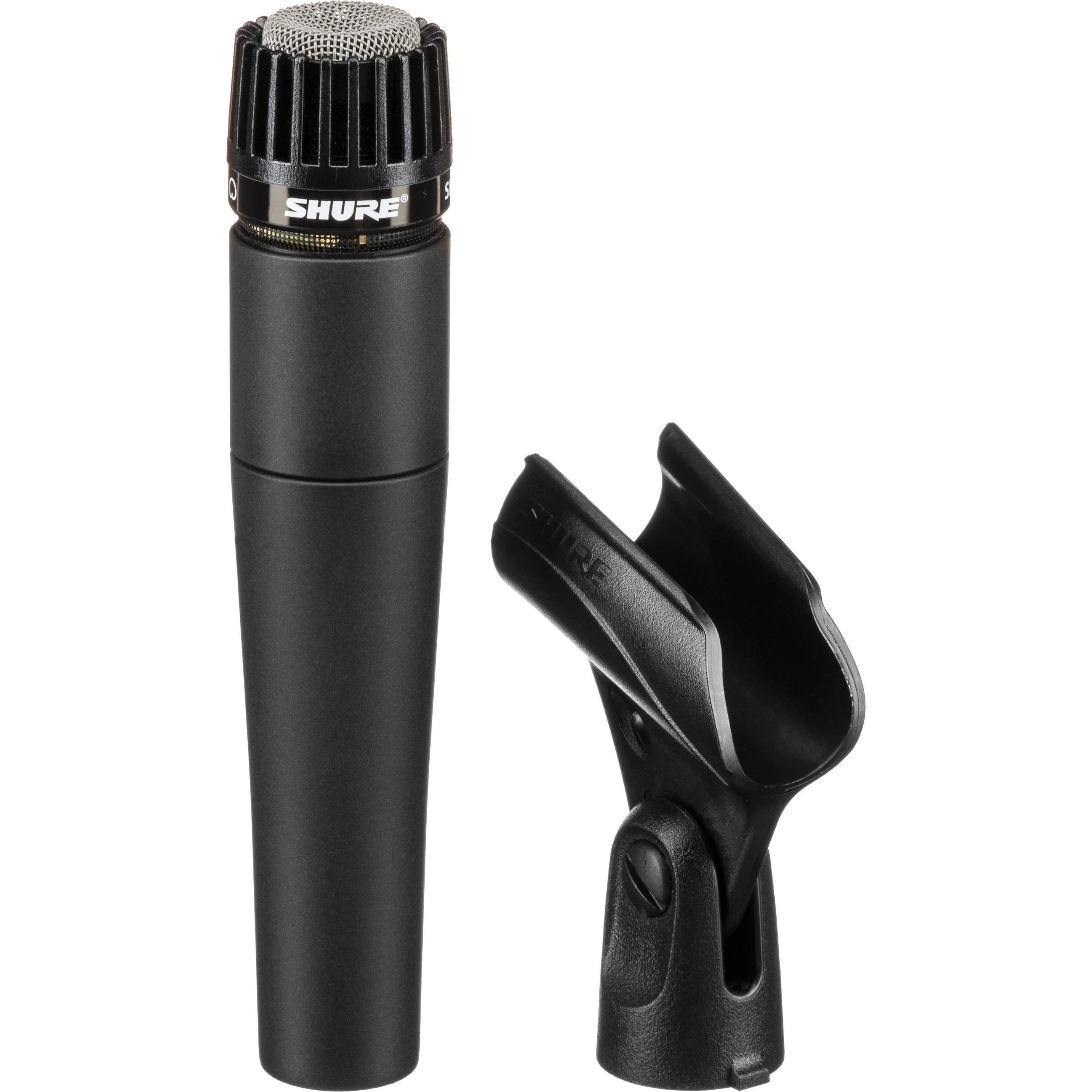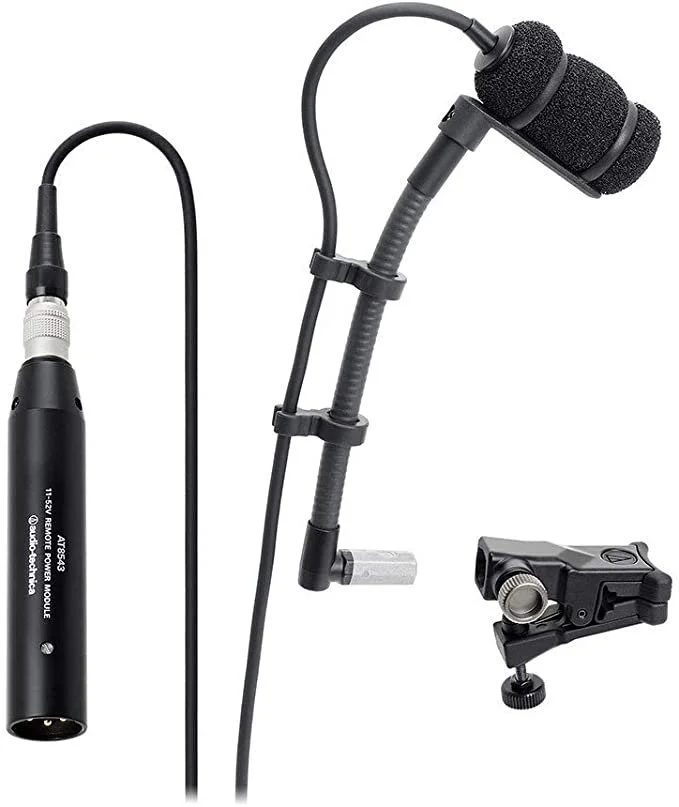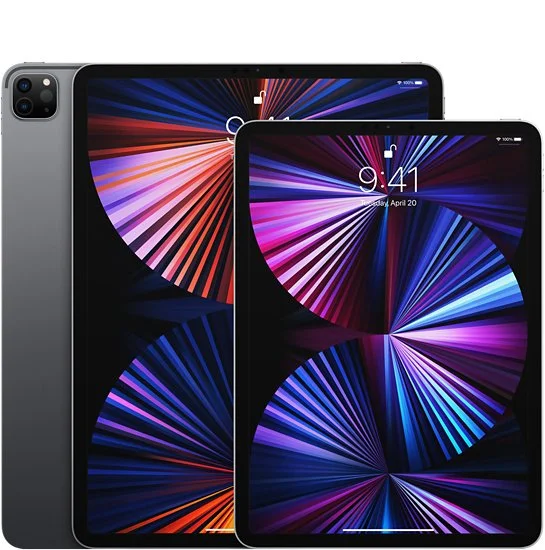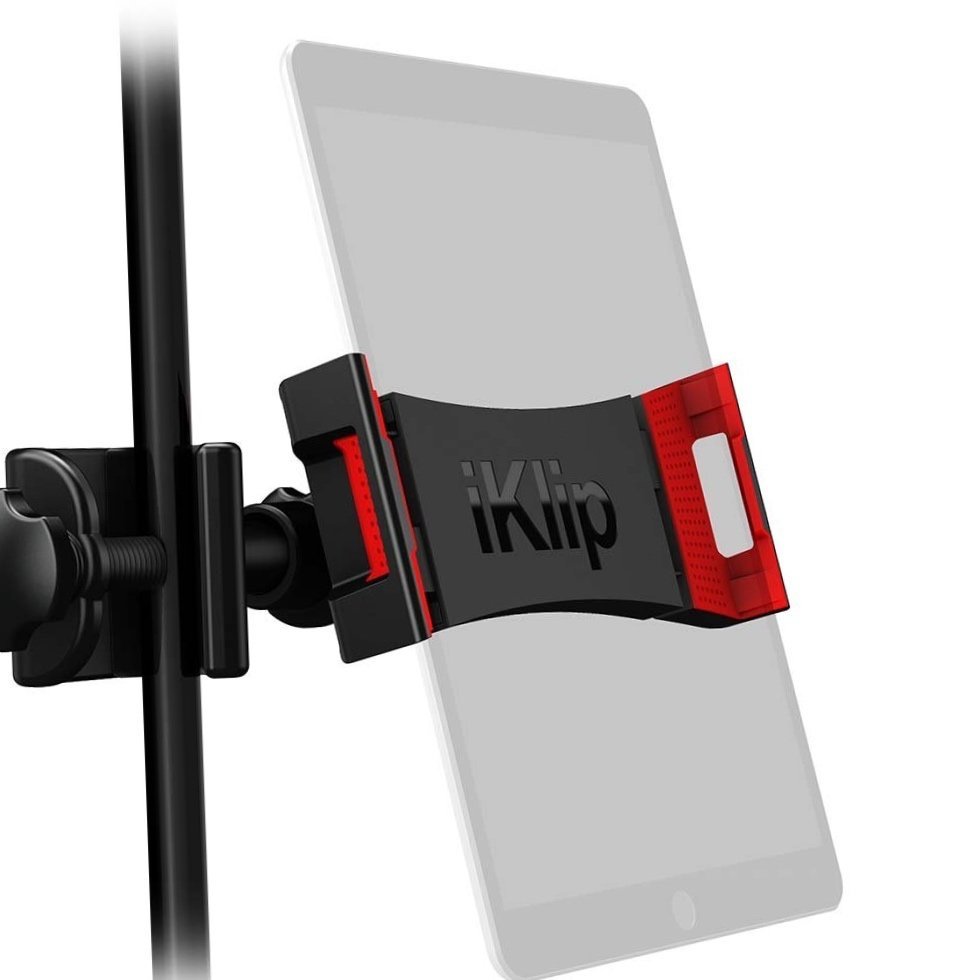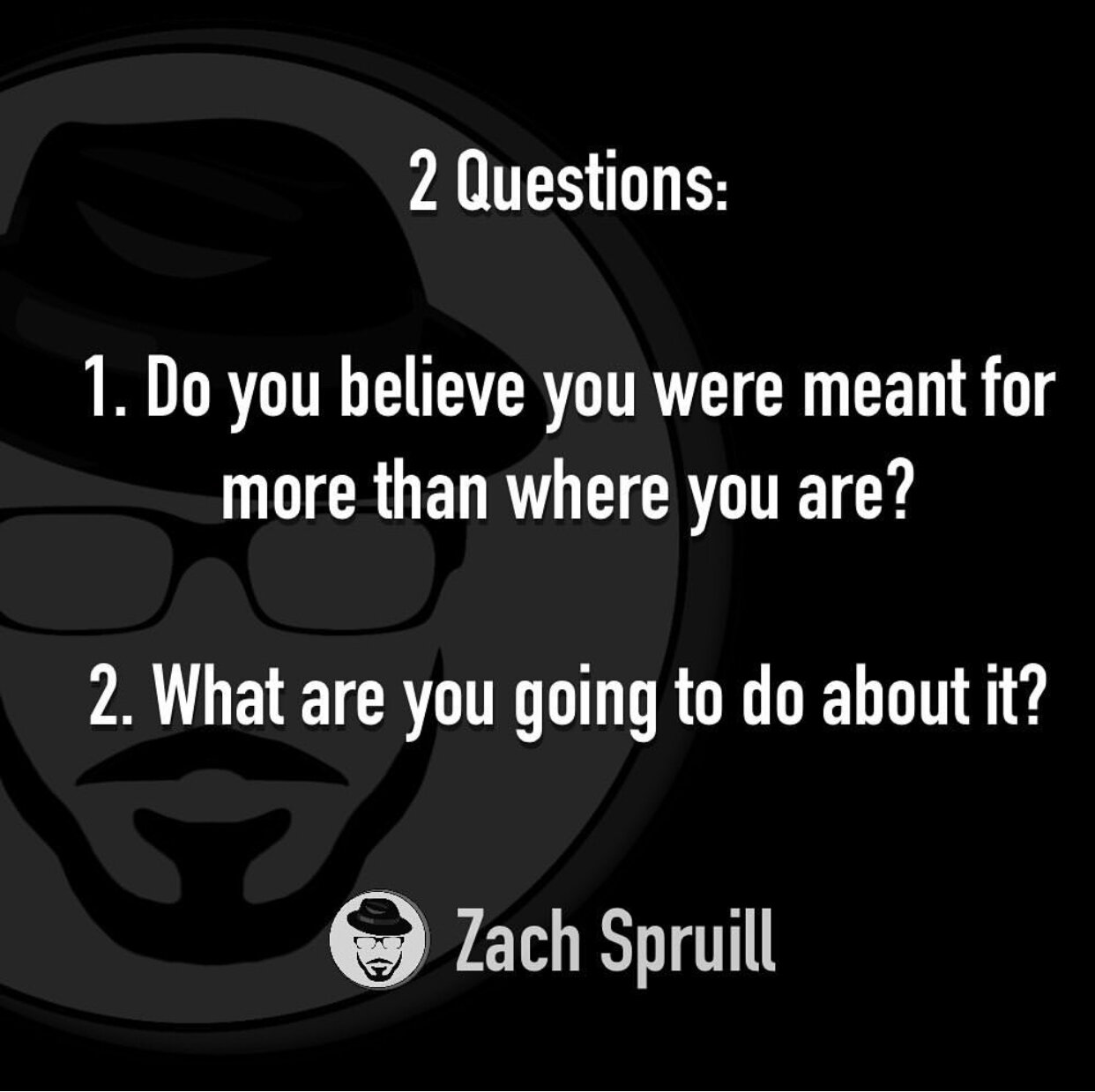Your wedding day is one of the most significant and memorable events of your life. When it comes to creating a magical atmosphere and ensuring an unforgettable celebration, the role of a wedding DJ cannot be overstated. While it might be tempting to cut costs and hire a budget-friendly DJ, it's crucial to understand the value and expertise that come with investing in a quality professional. In this article, we will explore why you truly get what you pay for when it comes to hiring a wedding DJ.
1. Experience and Skill Set:
A seasoned wedding DJ brings a wealth of experience and expertise to the table. They have likely performed at numerous weddings and are well-versed in handling various situations that may arise throughout the event. An experienced DJ knows how to read the crowd, seamlessly transition between songs, and keep the energy on the dance floor high. They possess the technical skills to mix music smoothly and create a dynamic and engaging atmosphere.
2. Personalized Service and Music Selection:
A professional wedding DJ takes the time to understand your musical preferences, wedding theme, and overall vision for the event. They will work closely with you to curate a playlist that reflects your style and caters to the diverse tastes of your guests. A skilled DJ knows how to blend different genres, create seamless transitions, and ensure that there is something for everyone to enjoy. Their ability to customize the music experience sets them apart from amateur DJs who may lack the necessary repertoire and adaptability.
3. Quality Equipment and Backup Plans:
Investing in a reputable wedding DJ ensures access to high-quality sound and lighting equipment. They are knowledgeable about the latest technology trends, ensuring clear, balanced audio and visually appealing lighting effects. Moreover, professionals often have backup equipment readily available, minimizing the risk of technical glitches or breakdowns during your special day. Their preparedness and attention to detail ensure a smooth and uninterrupted music experience.
4. Master of Ceremonies and Crowd Management:
A skilled wedding DJ is more than just a music player. They can also serve as a master of ceremonies, guiding the flow of the event, making important announcements, and keeping the schedule on track. They know how to engage the crowd, build excitement, and create memorable moments. Their ability to seamlessly transition between different parts of the wedding reception ensures a well-coordinated and captivating experience for you and your guests.
5. Peace of Mind and Stress Reduction:
Your wedding day is already filled with emotions and excitement. By hiring a professional wedding DJ, you can alleviate unnecessary stress and have peace of mind knowing that a trained expert is handling the entertainment aspect of your event. They will arrive on time, set up and test the equipment, and take care of all the technical details, allowing you to fully enjoy your special day without worrying about the music logistics.
While it may be tempting to cut corners and opt for a budget-friendly wedding DJ, investing in a quality professional is undoubtedly worth it. Their experience, skill set, personalized service, high-quality equipment, crowd management abilities, and peace of mind they bring to your special day are invaluable. A reputable wedding DJ will elevate your celebration, creating a magical ambiance and ensuring that your guests have an unforgettable experience. Remember, when it comes to your wedding day, you truly get what you pay for.
